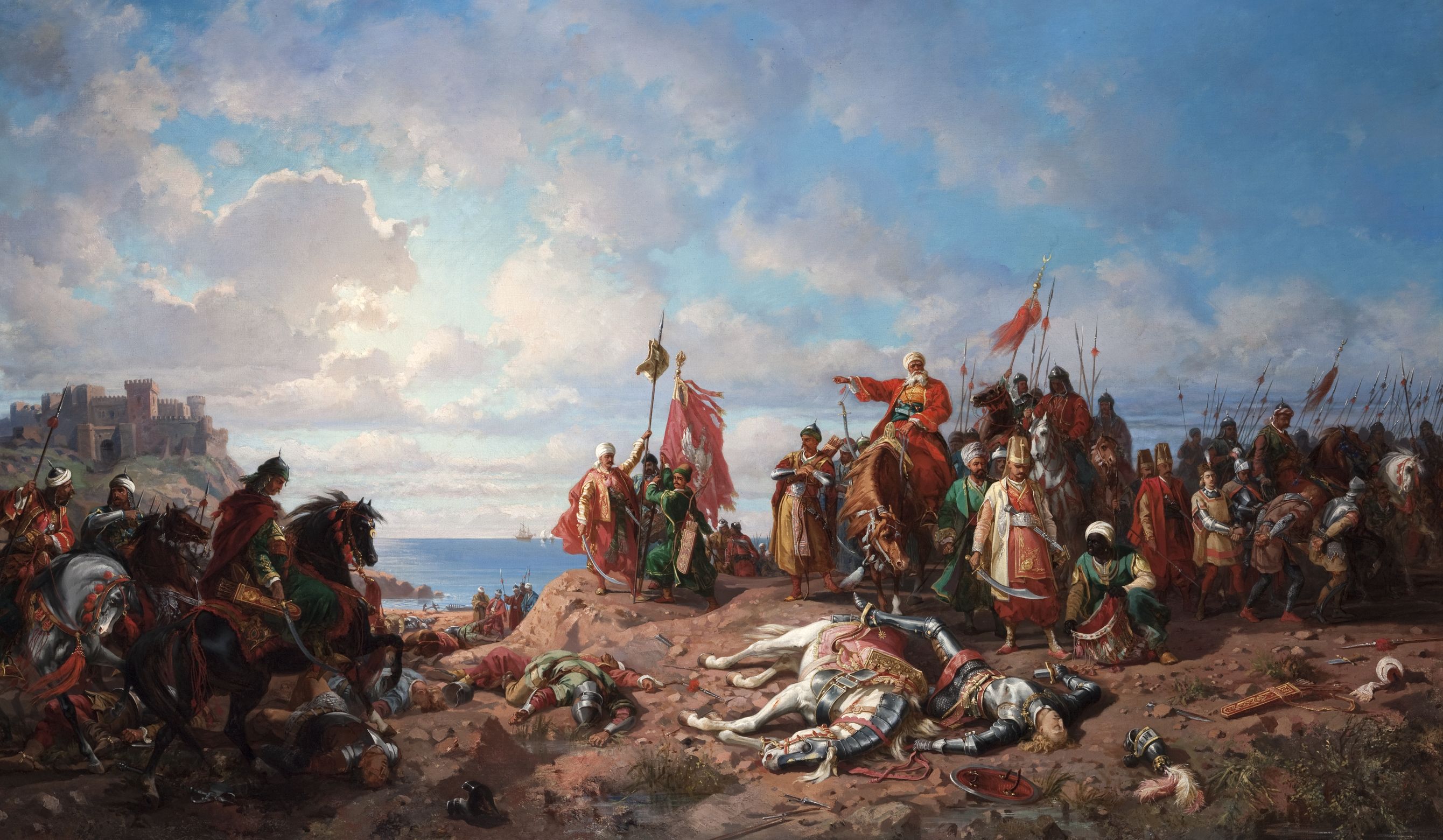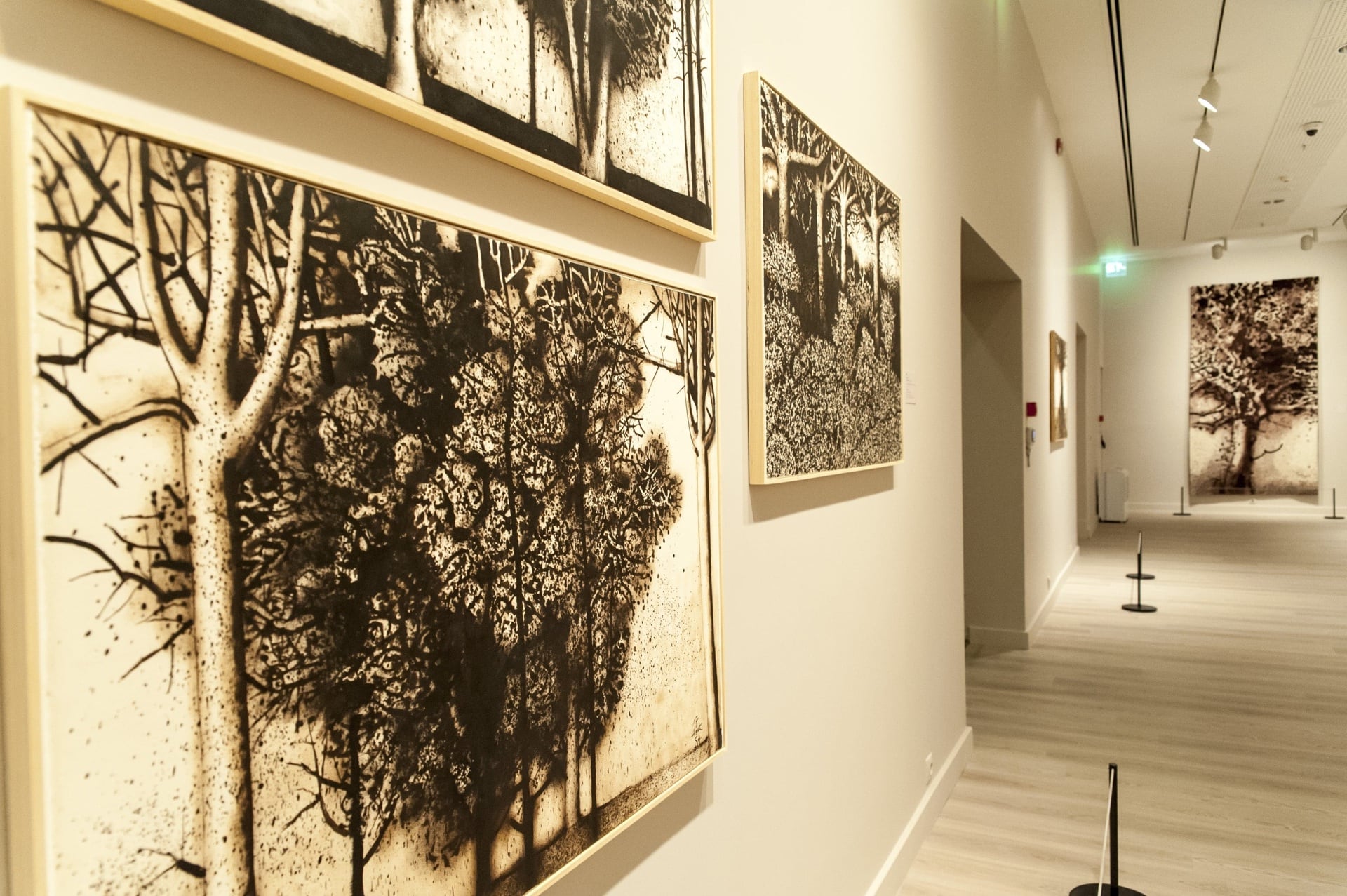Director: Andrey Konchalovskiy
Cast: Irina Anisimova-Wulf, Sergey Bondarchuk, Irina Kupchenko
Soviet Union, 1971, 104’, black & white, color
Russian with Turkish subtitles
Chekhov's masterwork about the breakdown of a family held together by a tissue of lies and self-deception is brought to stunning life in Andrei Konchalovsky's brilliant adaptation. A retired professor returns with his new, much younger wife in tow to the estate that he inherited from his now-deceased first wife. The estate is still managed by his former brother-in-law, Vanya, a man who has learned to suppress all his personal desires and dreams. The delicate balance that defines the world of this fading clan is decidedly upset by the arrival of the professor's new wife, and once broken that balance will prove impossible to restore. Konchalovsky effectively captures the mood of a world coming to an end, the peeling paint and slightly ramshackle condition of the house signals the future of the characters even more succinctly than their actions.
Trailer

Over the years of 1864 through 1876, Stanisław Chlebowski served Sultan Abdülaziz in Istanbul as his court painter. As it was, Abdülaziz disposed of considerable artistic talents of his own, and he actively involved himself in Chlebowski’s creative process, suggesting ideas for compositions –such as ballistic pieces praising the victories of Turkish arms.

Among the most interesting themes in the oeuvre of Prassinos are cypresses, trees, and Turkish landscapes. The cypress woods in Üsküdar he saw every time he stepped out on the terrace of their house in İstanbul or the trees in Petits Champs must have been strong images of childhood for Prassinos.
Tuesday - Saturday 10:00 - 19:00
Friday 10:00 - 22:00
Sunday 12:00 - 18:00
The museum is closed on Mondays.
On Wednesdays, the students can
visit the museum free of admission.
Full ticket: 300 TL
Discounted: 150 TL
Groups: 200 TL (minimum 10 people)